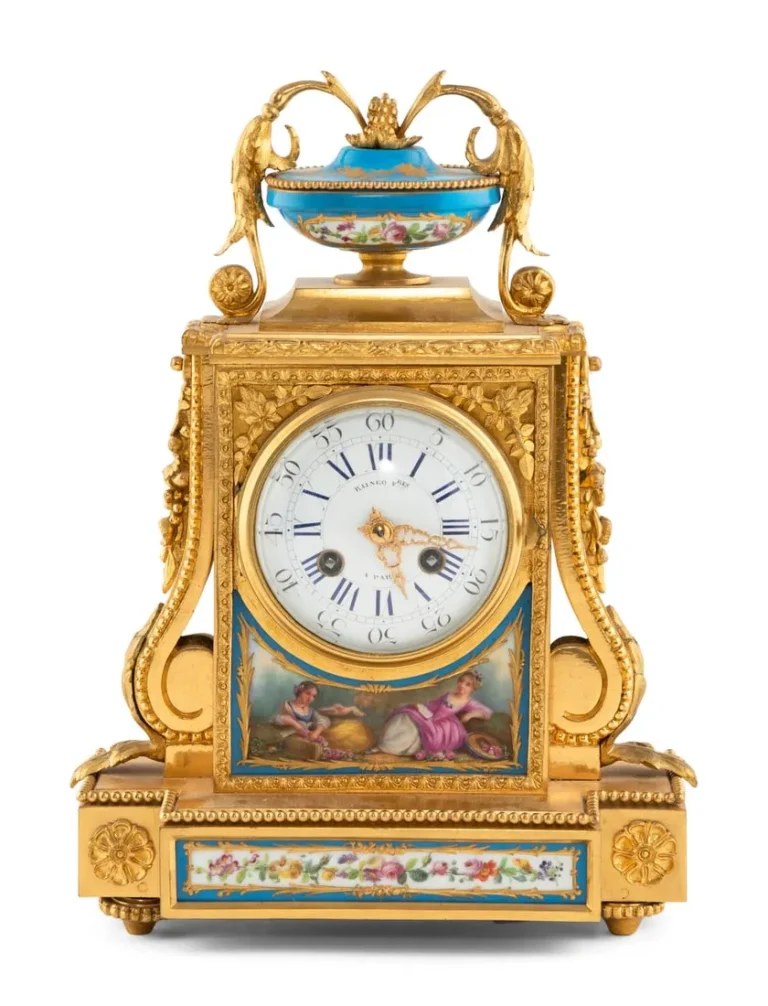You may want to accomplish four things when buying a vintage mantel clock: 1- Buy a mantel clock you love. 2- Buy the clock at the best price while understanding its value. 3- If buying for a function in your home, understand the clock’s usage concerning where it will be placed in your home. 4- Understand that you are not buying a modern Quartz clock because a vintage clock requires some knowledge and work. The first two points are crucial, with the second pair not as much.
What Style Of Mantel Clocks Do You Love Most?
The first thing you may want to figure out in your process of buying an antique clock is what style or period of manufacture you love and whether it will be an appropriate fit for your home and the place in your home you want to place it. Several styles of vintage mantel clocks may suit you.
Essentially, there are Rococo styles of French mantel clocks from the Louis XV and XVI periods. The Louis XV is typified by flowing and curved designs, and the XVI has more straight Grecian styles, many of which have Grecian columnar looks.
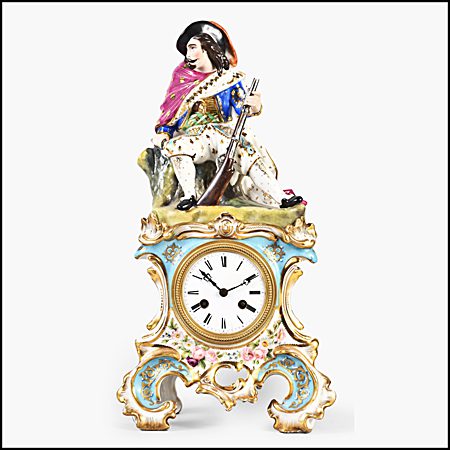
Then there are the English or German Bracket clocks, which are mostly made of wood and may or may not have gilded bronze adornments. They often feature chimes like the Westminster Chime rather than a coil or bell. Some can be quite lovely, yet heavier in look than the gilded bronze ones.
The Rococo style of mantel clocks had a revival in the late 19th Century, with many being very well-made and quite beautiful. As these tend to be “knock-offs” of the original late 18th and early 19th Century style of mantel clocks, while still beautiful, they can be had at a far more cost-effective price point than their earlier cousins.
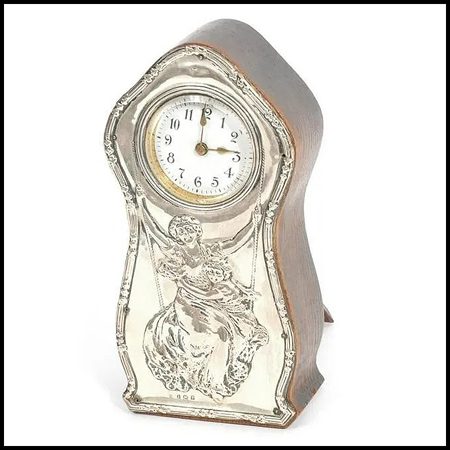
One of my favorite styles is the Art Nouveau mantel clocks, which blend the look of the romantic periods with their Rococo flair but in a more modern light, with an almost “Impressionistic” turn. This period of production ran from about 1900 to 1920.
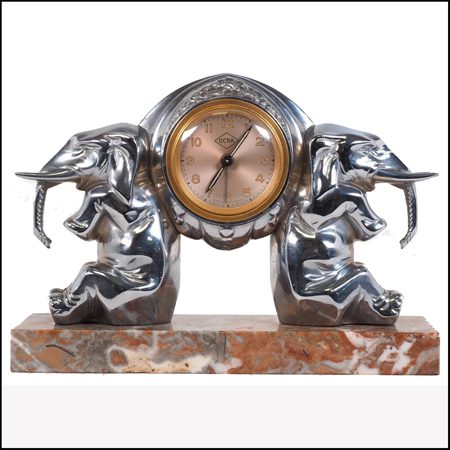
Following Art Nouveau clocks in time were the Art Deco mantel clocks, an absolutely stunning entry into the modern design world. Most of the mechanisms seem to have been produced by the makers of antique mantel clocks that would be featured in the average home. They were Japy Freres, Vincente & Cie, and Marti. The value of these Art Deco mantel clocks lies not so much with the maker of the “works,” but with the case and especially the Art Deco statues that adorn them. The most famous are Michel Decoux, Demetry Chiparus, and Marcel Bouraine.
The Mantel Clock and What Creates Its Value
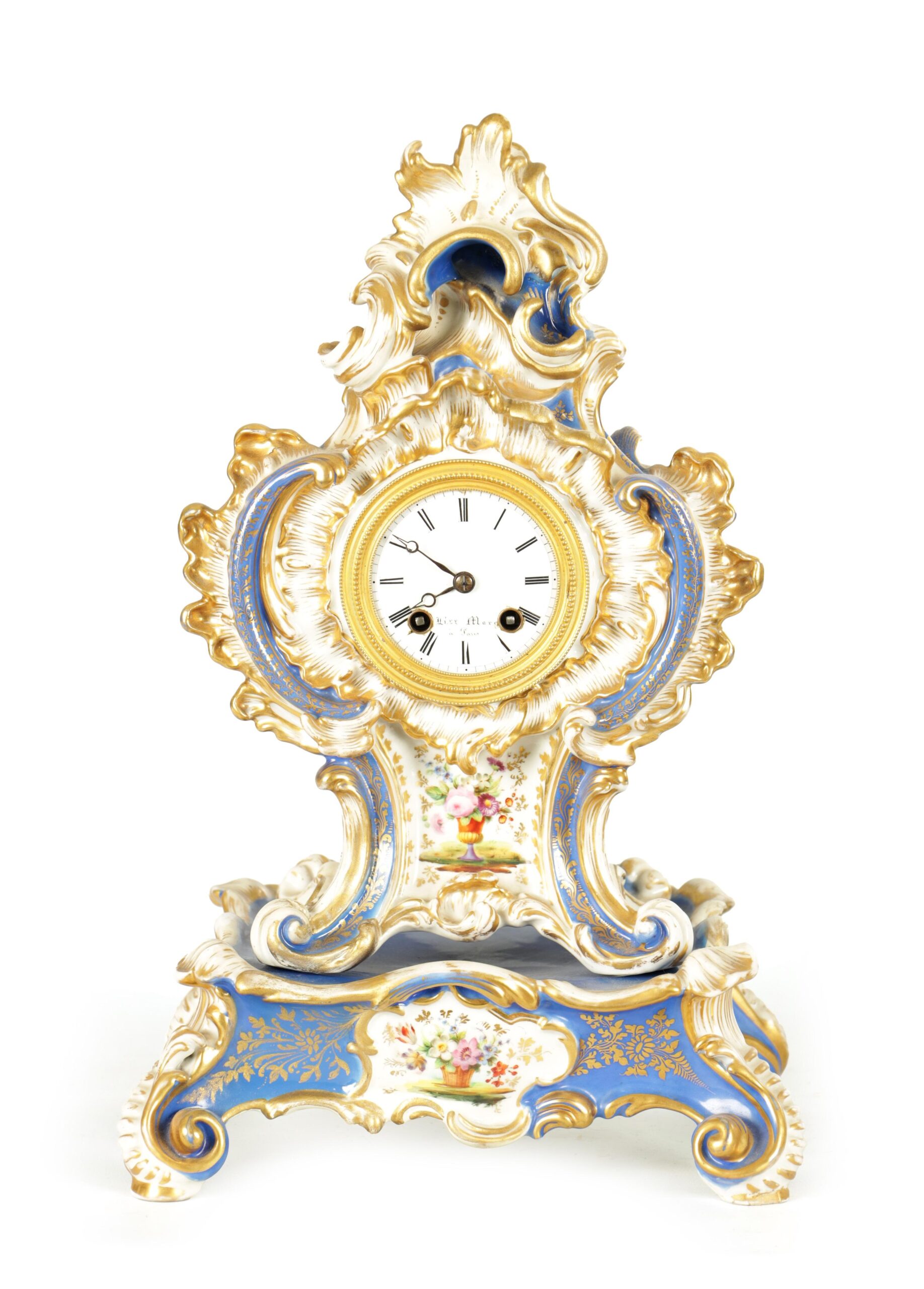
With vintage mantel clocks, several things create value. An important one is, “Do you love it?” Beauty is in the eye of the beholder regarding antique mantel clocks. One factor, and to me a very important one, is, “How pretty is the mantel clock in question?” The quality of the workmanship is paramount, as with older antique clocks, the bronze work may be superior to newer versions. Just compare a mantel clock from around 1800 to one of those in the Rococo revival of the same style in 1900. The earlier work looks like a fine gem. My motto is, “If it’s not pretty, it’s not for me,” and “If I can’t lift it, I don’t want it,” so I do not sell Grandfather clocks. 🙂
Another important aspect of mantel clocks is the maker. Who made the clock? Was it a famous bronzier like Deniere, Berthoud, or Leroy, or a lesser maker such as Japy or Vincenti? Therefore, a clock by Deniere or another of the great makers is worth far more and, in most cases, much prettier than one by the lesser ones. For example, the Jacob Petit vintage clock above right is far more valuable than a 1900 Ansonia Royal Bonn porcelain clock.
Buying An Old Mantel Clock
There are many ways to purchase a mantel clock. You can buy from someone you know, local classifieds such as Facebook Marketplace or eBay. The problem with this as a source is that you will rarely see anything of great quality, and you will most certainly gamble on the piece’s condition and reliability. Another venue to buy from is an auction. You will find a better sample of quality clocks there, but you take some noticeable risk here.
With all of the mantel clocks that I have purchased from auction houses, I have run into many problems, such as there being many times a condition they did not advertise, which will cause you to make repairs, and sometimes at great expense. For example, regilding a clock that looks bright and shiny online may result in its gilding being very bad. Auctioneers use Photoshop to manipulate the images you may see by brightening them up in the program. They may also claim that the clock is running correctly, but when you get it, problems may occur. You could be looking at another couple of grand to regild a clock and $4-500. Clean and oil the mechanism, plus the bearings, assuming that all that is wrong with your mantel clock when it arrives.
The safest way to buy a vintage mantel clock is through a retailer. As is with valuableclocks.com, you will benefit from receiving a guarantee that what you are buying is what you will receive. In our case, you can return the mantel clock for any reason whatsoever for seven full days and a guarantee on the mechanism for one full year from the date of purchase. Also, unlike most other forms of purchasing an antique clock, a retailer will provide customer service and be able to offer you any information you require about purchasing an antique mantel clock. Happy shopping for yours. 🙂


